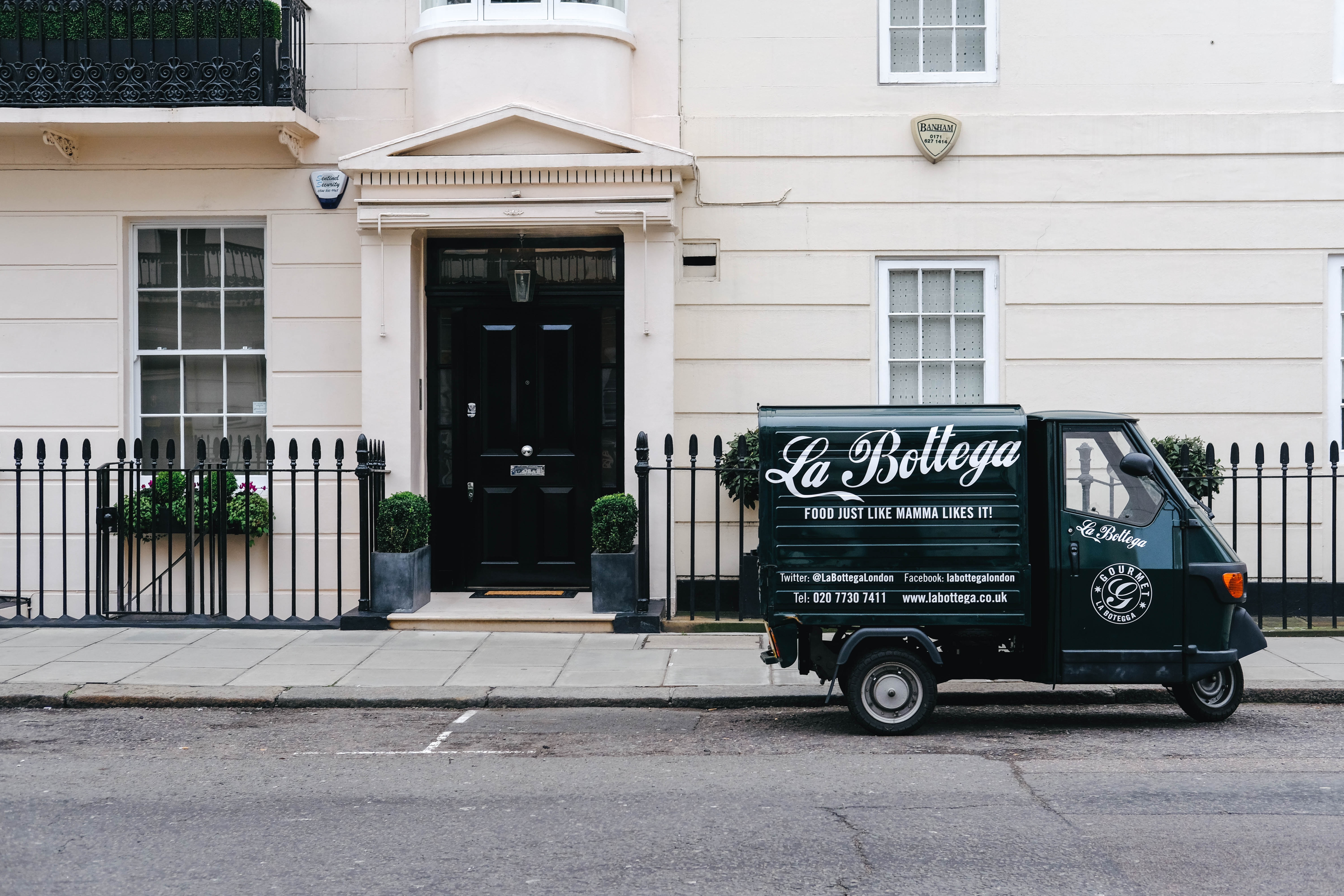
If you’ve ever dreamed of starting your own business as an entrepreneur, then the first place many of us choose to begin trading is from a van. Sounds simple doesn’t it? You load up your gear, choose your location and start selling to over-excited customers.
But you’ll need to familiarise yourself with the rules and regulations of converting your van. You just can’t bung in a barbecue unit and a kettle in your old transit and call it The Artisan Banger, you’ll need special equipment, licences and appropriate insurances.
Every high street, weekly farmers’ market, street event and town fair now has its full complement of van traders, from the conventional ice cream van to bespoke pizza van ovens, Thai take-aways and gourmet coffee mobile French imported vans. Livery companies the length and breadth of the UK specialise in converting your basic white van into a bespoke food and beverage or ultra-chic retail operation.
When starting your business, you should investigate an appropriate business van insurance policy which is designed for all types of commercial vehicles, whether static, mobile or seasonal. This can cover your liabilities and your equipment including any produce you keep in the van, cover for new ventures and adapted vehicles. If there is more than one vehicle, then business van insurance could be combined under a fleet insurance policy.
For any modifications you make, your insurance provider needs to be informed and a modified van insurance policy put in place. At Tradex, we can help ensure you are fully covered whatever equipment or modifications are most relevant to your business.
Here are seven helpful tips to help you when fitting out your van and making sure it is insurance compliant.
1. Insulation: Consider before you start your conversion, will your van be fully insulated to withstand all weathers, from the sweltering Glastonbury heat to freezing Christmas markets? You might also want to line your interior with fully sheeted aluminium walls and ceiling, which are easy to clean and maintain.
2. Flooring: You might be working with oil or water in which case you’ll need appropriate non-slip flooring to keep you and your staff safe; or non-combustible vinyl or timber for a more stylish retail van.
3. Lighting: Aside from attracting consumers to your van, you shouldn’t put up with poor visibility inside when some simple modifications using LED panels or wall lamps can make seeing what you are doing much easier.
4. Storage: Whether you choose stainless steel or timber, you must make sure that they are fire retardant compliant.
5. Access: Think about the nature of your business. Do you need a single rear access for you and your staff, and a simple serving hatch? Or do you require something more bespoke such as a front shelf, door and an awning?
6. Water: You will definitely need some form of water supply including a sink with a mixer tap a water pump and a water boiler. For electrical appliances you’ll need a NICEIC electric certificate
7. Gas safety: You must know the regulations that you need to comply with and make sure you know what your responsibilities are. Refer to the Health & Safety at Work Act (1974), the GSIUR (Gas Safety (Installation and Use) Regulations 1998) and Code of Practice 24, sections 2 and 3. Remember: Never use camping equipment in a commercial catering business and all LPG commercial catering equipment must be CE-marked (Gas Appliance (Safety Regulations) 1995). This is to guarantee maximum safety and minimise risks to everyone near your van. It makes sure you are legally compliant.